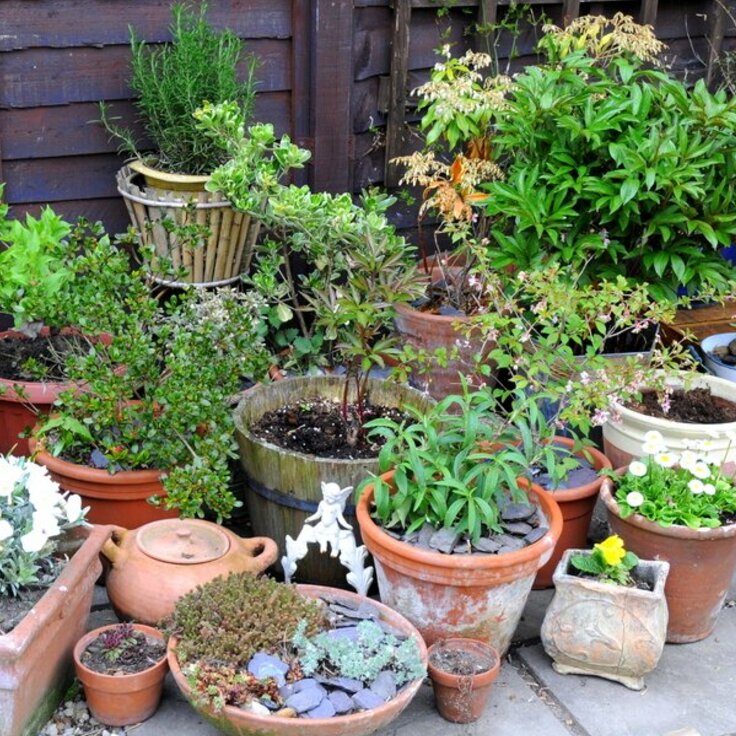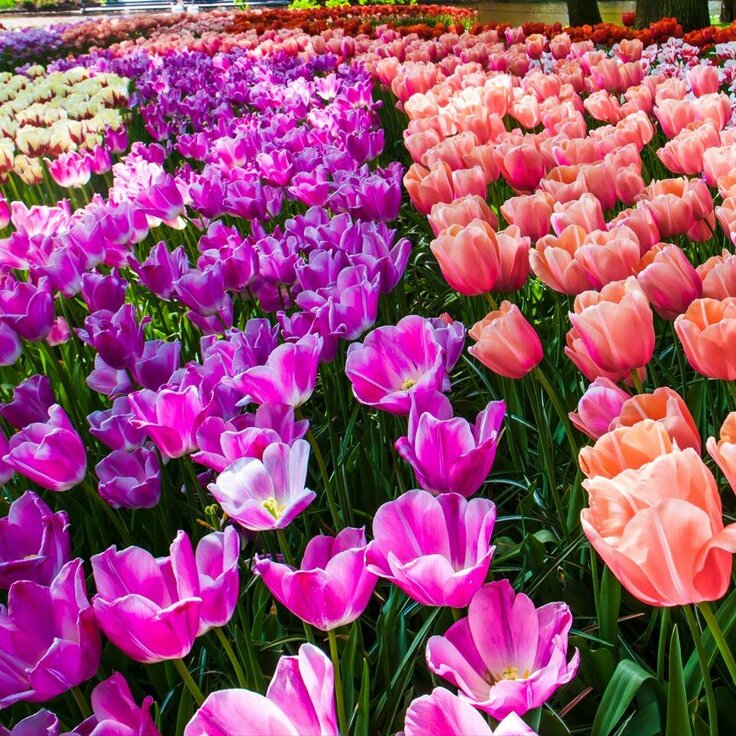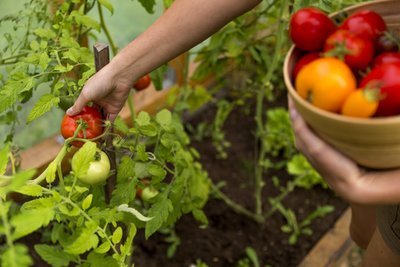A brief history of gardening
The styles of gardening have evolved over the years. Back in the day, people grew vegetables and fruits for their needs. But with time, gardening became a hobby and the concept of decorative gardens came into being.
Egyptian era
In ancient Egypt, rich people grew tall trees in gardens that could provide them shade. They enclosed the gardens with walls for safety purpose. The most common trees from that era include date palms, willows, sycamores, figs, nuts, and pomegranates.
Gardening in Iraq
During the Assyrian era between 900 BC and 612 BC in Iraq, pleasure gardens were planted. They chose cypress and palm trees and planted them in rows.
Babylon emperors took over the important middle-east country in 612. One of the seven wonders of the ancient world, Hanging Gardens of Babylon were also developed during this period. They used man-powered pumps to water plants.
The Persians later took control of Iraq and brought with them a unique style of gardening. They preferred fruit trees and fragrant shrubs. They built aqueducts or underground water tunnels to water their gardens.
Gardening in Greek and Roman empires
Greeks didn’t focus on the aesthetic appeal of gardens and instead planted trees and plants as a source of food. They preferred growing flowering plants in containers.
In 30 BC, Romans conquered Egypt and added an Eastern touch to the local gardening practices. They grew lavender, lilies, poppies, cornflowers, ivy, rosemary and other plants in their gardens.
Wealthy Romans used to have a pool and a fountain in the garden. They were experts in the art of topiary and decorated their gardens with sculptures and statues.
Gardening during the middle ages
When Arabs conquered Persia, they promoted new ideas about gardening. They grew gardens that were surrounded by trees for shade. The gardens contained fountains and were divided into four sections with the help of watercourses.
The Arabs opted for fruit trees, nuts, and flowering plants.
By the 13th century, Europeans began to grow vegetable gardens, pleasure gardens, herb gardens. They built strong walls around the gardens to secure the premises from wild animals. They grew plants in raised beds since it supports the growth of the plants.
Gardening during 16th-19th century
The gardening styles adopted during 16th and 17th centuries were greatly influenced by the Roman gardening. Flower beds, sculptures, topiaries, and fountains enhanced the appeal of the gardens. Knot gardens and hedge mazes also gained popularity in Europe during this period.
During the 18th century, a majority of people ditched the formal style of gardening and preferred more informal style for gardens. Pleasure gardens were reserved for the elite class, whereas public gardens were created for the ordinary.
In the 19th century, Dr. Nathaniel Bagshaw Ward discovered that plants formed micro-climates when they were kept under a glass surface. This made it easier to transport plants and many new species were introduced in Europe.








